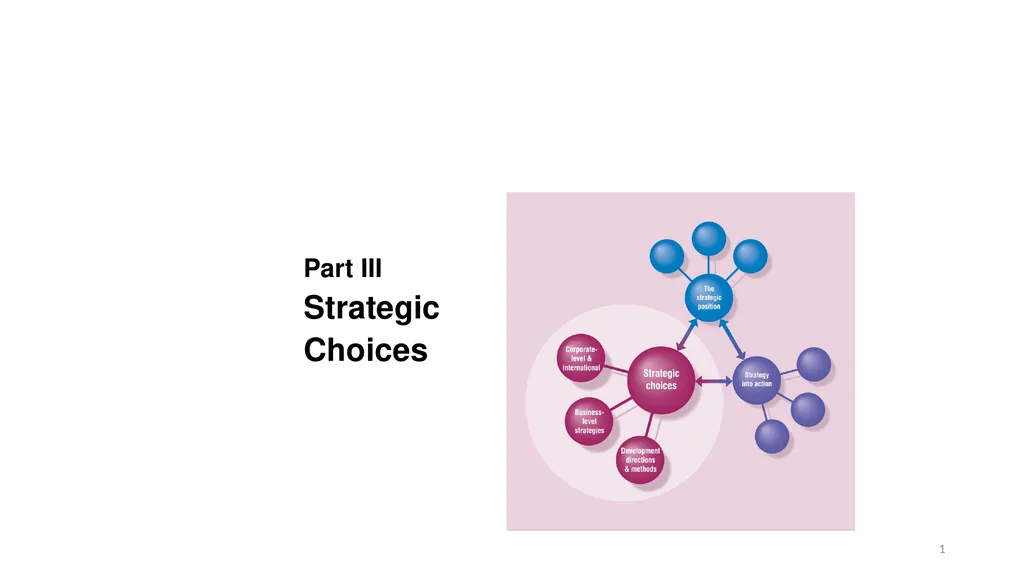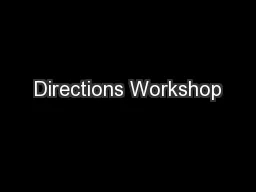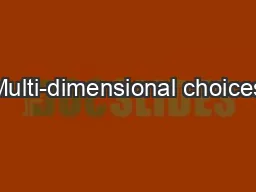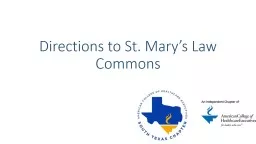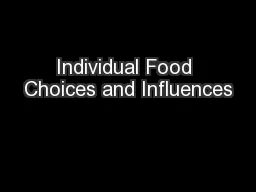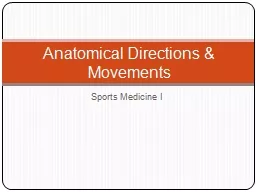Part III Strategic Choices 1 Directions and
Author : ellena-manuel | Published Date : 2025-06-23
Description: Part III Strategic Choices 1 Directions and Methods of Development 2 Directions and Methods of Development Outline Directions for strategy development Methods of strategy development Internal acquisition alliance Forms of strategic
Presentation Embed Code
Download Presentation
Download
Presentation The PPT/PDF document
"Part III Strategic Choices 1 Directions and" is the property of its rightful owner.
Permission is granted to download and print the materials on this website for personal, non-commercial use only,
and to display it on your personal computer provided you do not modify the materials and that you retain all
copyright notices contained in the materials. By downloading content from our website, you accept the terms of
this agreement.
Transcript:Part III Strategic Choices 1 Directions and:
Part III Strategic Choices 1 Directions and Methods of Development 2 Directions and Methods of Development Outline Directions for strategy development Methods of strategy development Internal, acquisition, alliance Forms of strategic alliance Success criteria for strategic choices Suitability, acceptability, feasibility Techniques to evaluate strategic options 3 Motives for Strategies Environment-based Fit strategies to changing business environment Capability-based Stretch and exploit organisational resources and competences Expectations-based Meet expectations deriving from cultural and political context 4 Development Directions Development directions are the strategic options available to an organisation, in terms of products and market coverage, taking into account the strategic capability of the organisation and the expectations of stakeholders 5 Strategy Development Directions Exhibit 7.1 Source: Adapted from H. Ansoff, Corporate Strategy, Penguin, 1988, Chapter 6. 6 Protect and Build Downsizing or withdrawal from activities Maintenance of market share Consolidation - Protect and strengthen position in current markets with current products Leverage competences Desirability of dominant market share Market penetration - Organisation gains market share 7 Product Development With existing capabilities Follow changing customer needs Short product life cycles Exploitation of core competence in market analysis With new capabilities Change of emphasis in customer needs Change in Critical Success Factors (CSFs) Associated dilemmas Expense, risk and potential unprofitability Unacceptable consequences of not developing new products Deliver modified or new products to existing markets 8 Market Development New market segments with similar CSFs New uses for existing products New geographic markets Issues Normally requires some product development and capability development Credibility and expectations Offer existing products in new markets 9 Diversification Related diversification Unrelated diversification A strategy that takes the organisation away from both its current markets and products 10 The TOWS Matrix Exhibit 7.2 11 Methods of Strategy Development Internal Development Build on and develop an organisation’s own capabilities Organic development Mergers and Acquisitions Take over ownership of another organisation Strategic Alliances Two or more organisations share resources and activities 12 Motives for Internal Development Motives for Mergers and Acquisitions Issues in Making Acquisitions Work Difficult to add any value Inability to integrate the new company Difficult to identify which knowledge to transfer for organisational learning Problems of cultural fit, especially for cross country acquisitions In many cases acquisitions fail to improve financial performance. Companies commonly overpay. 15 Motives for Strategic Alliances Need for critical mass Cost reduction Improved customer offering Co-specialisation Each partner concentrates on using own capabilities, e.g. geographical market
